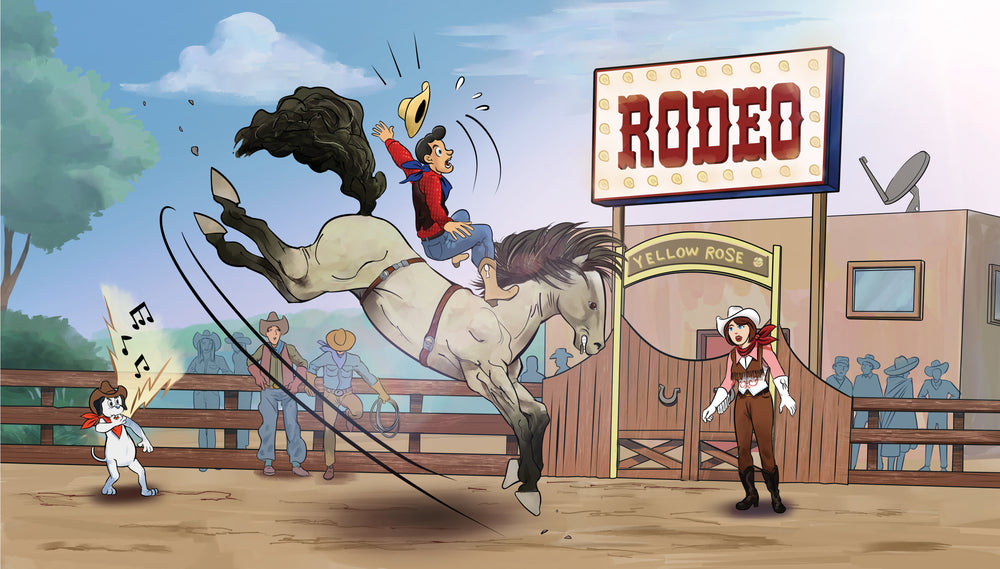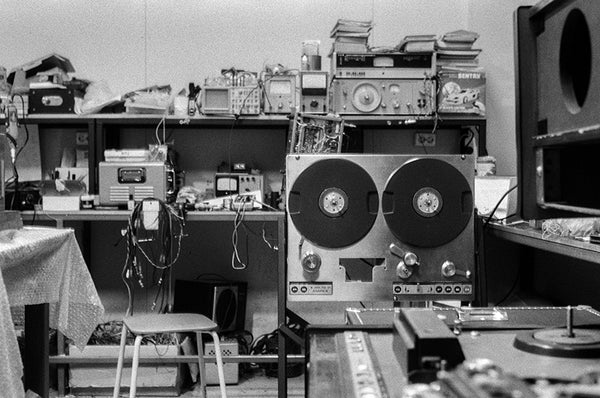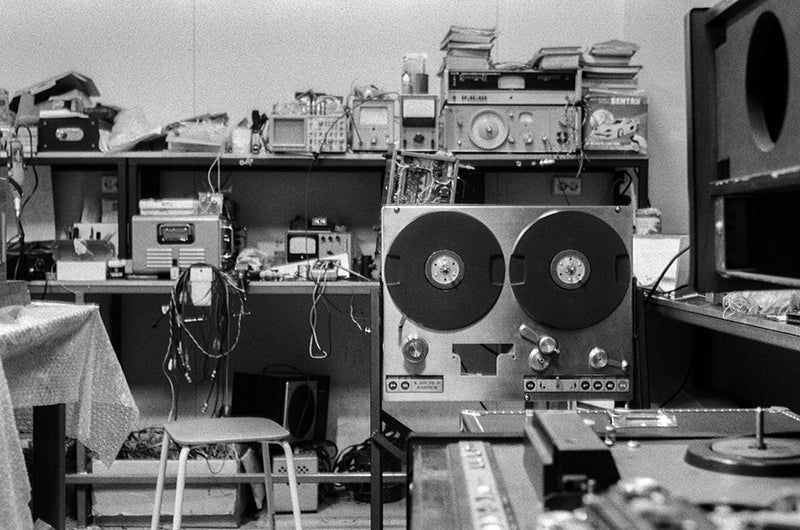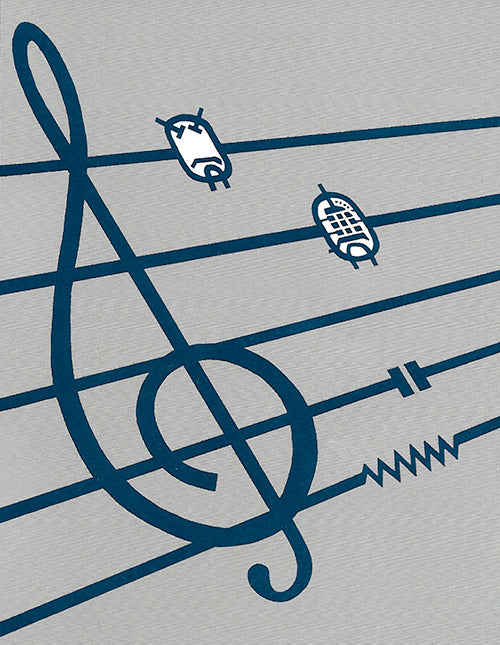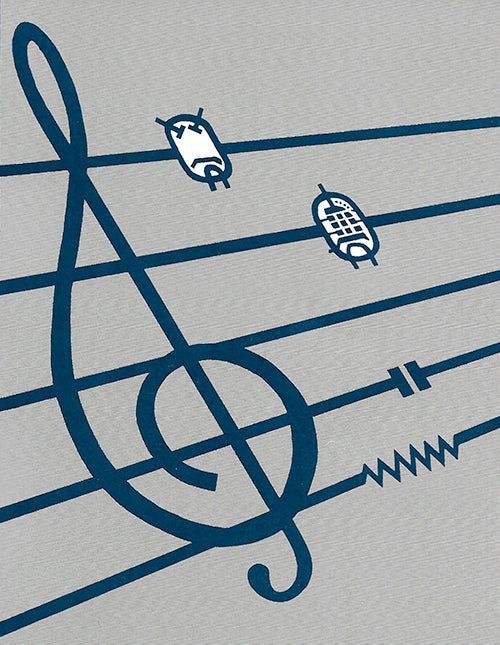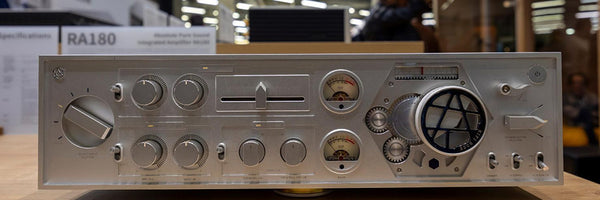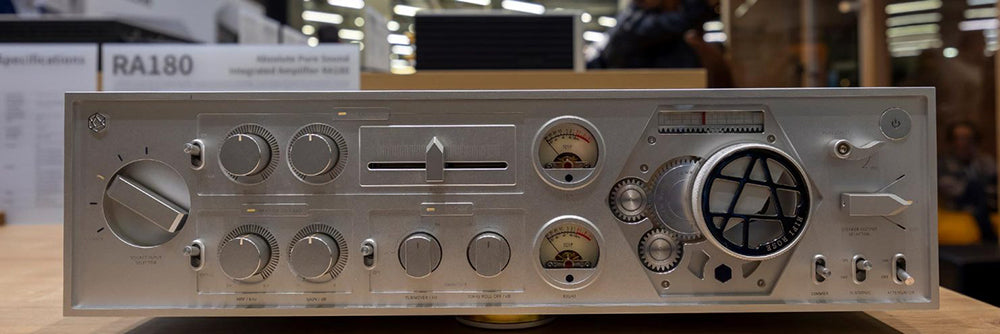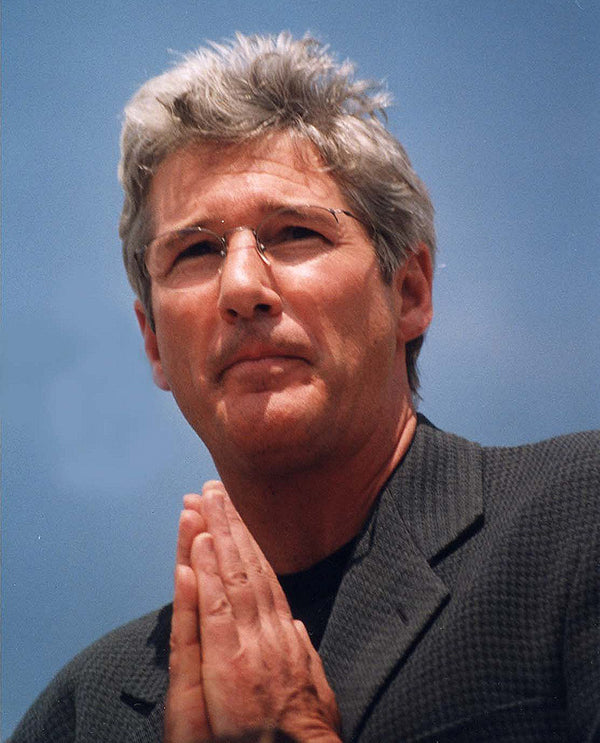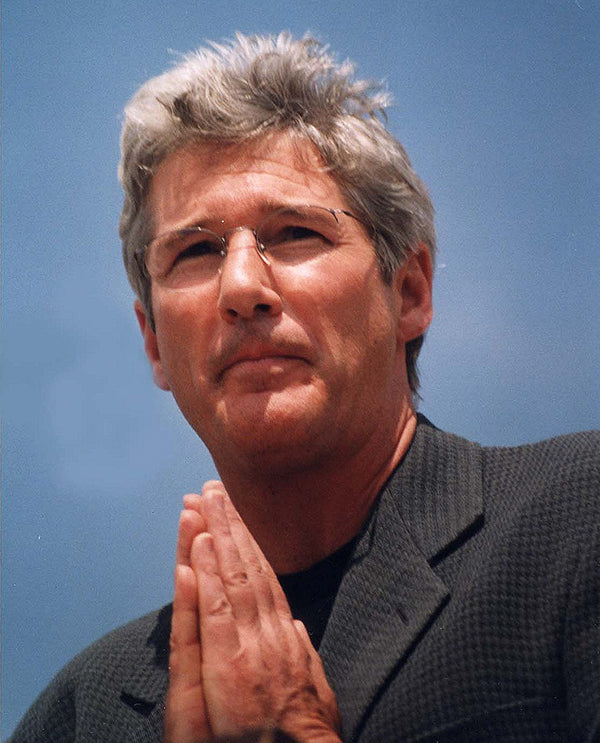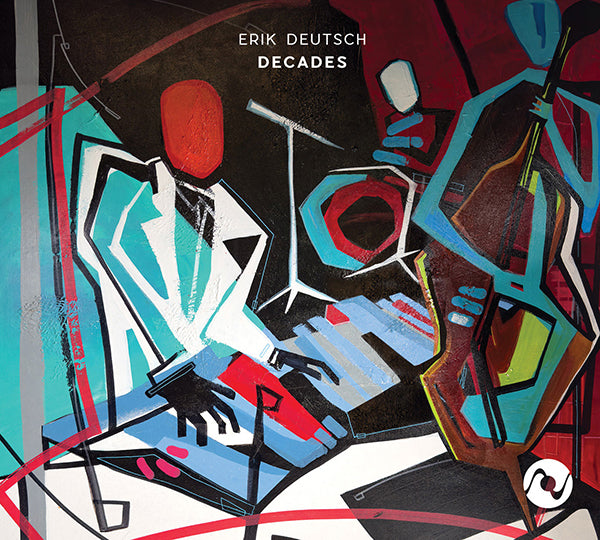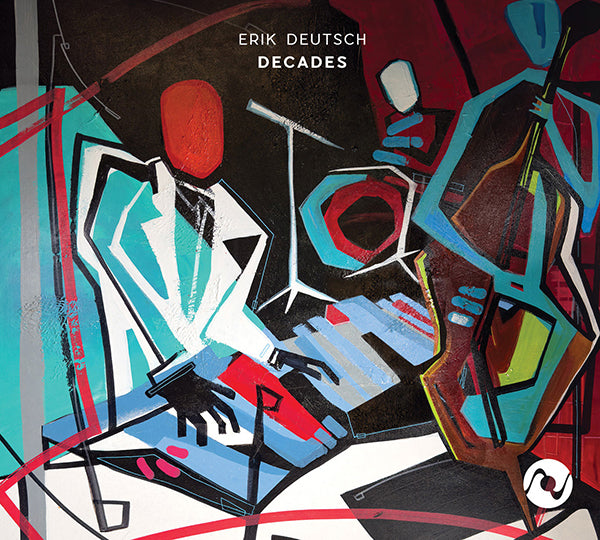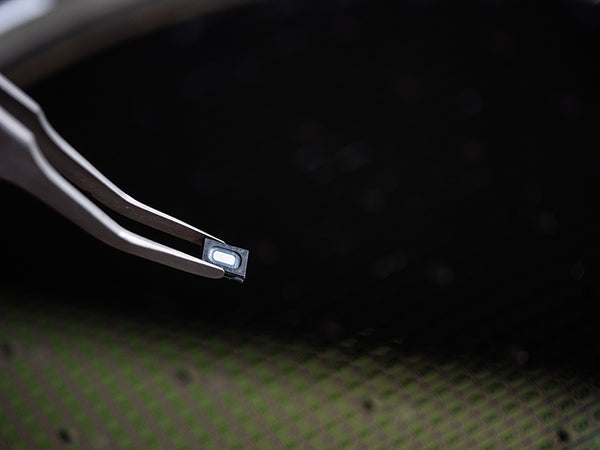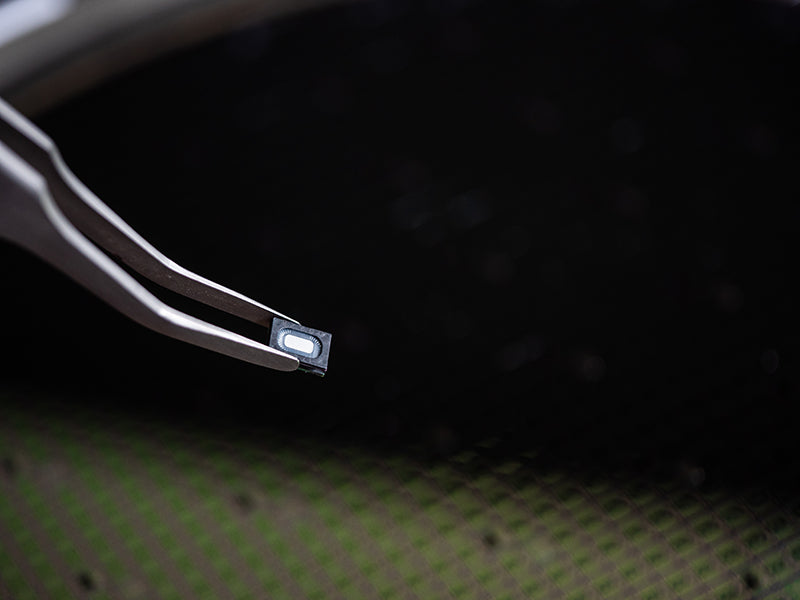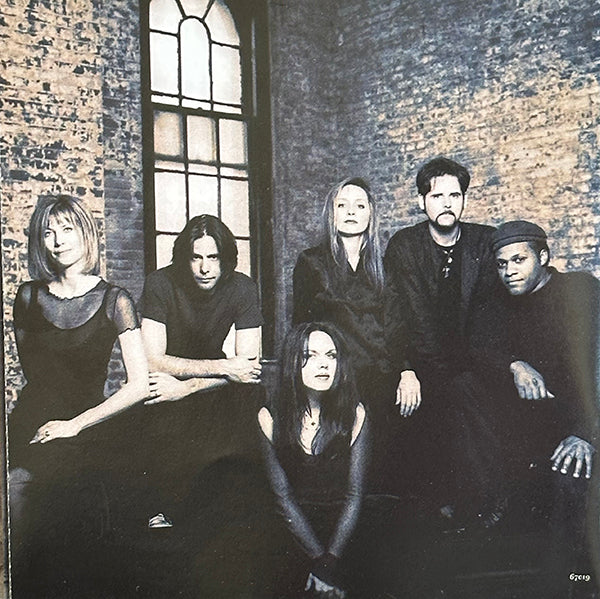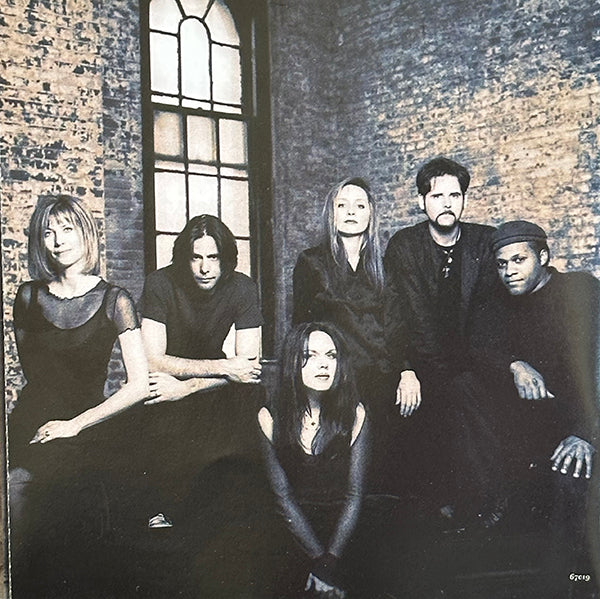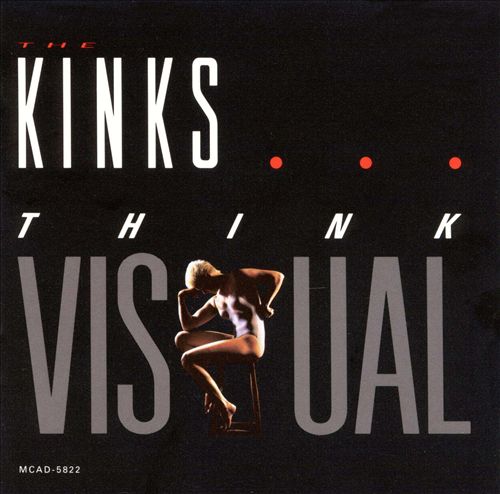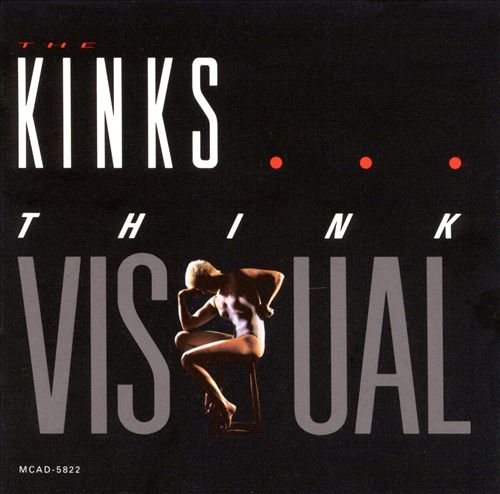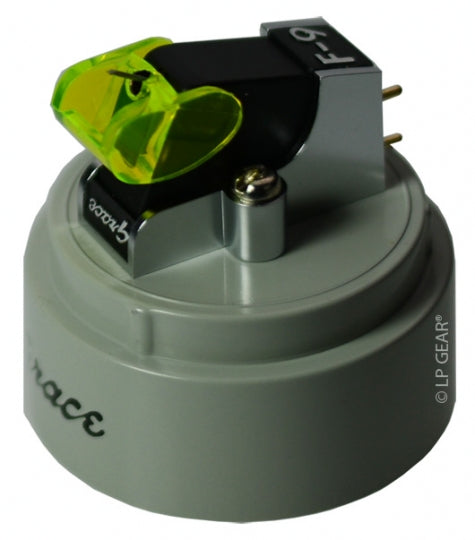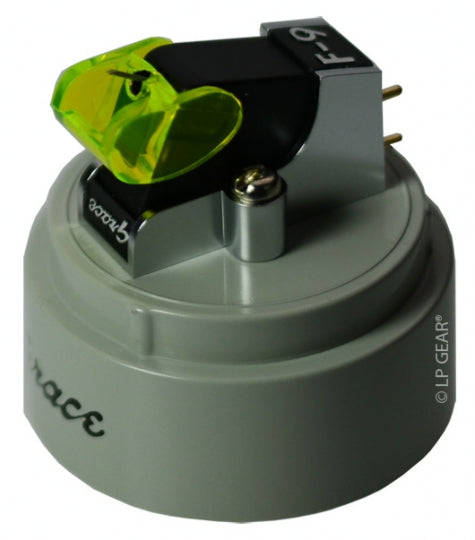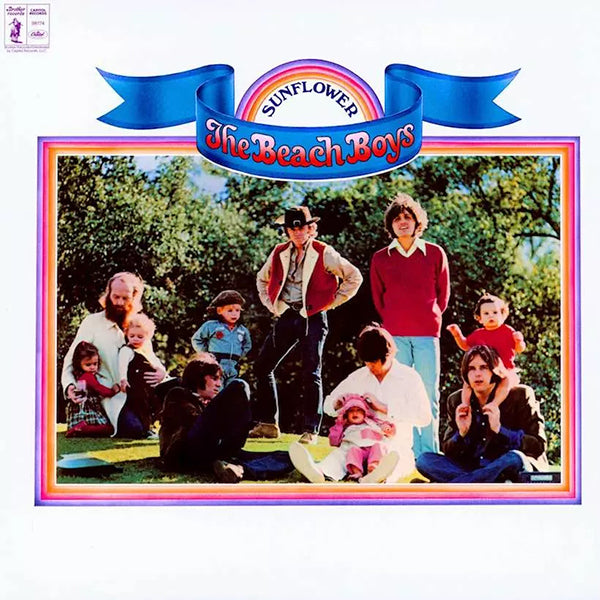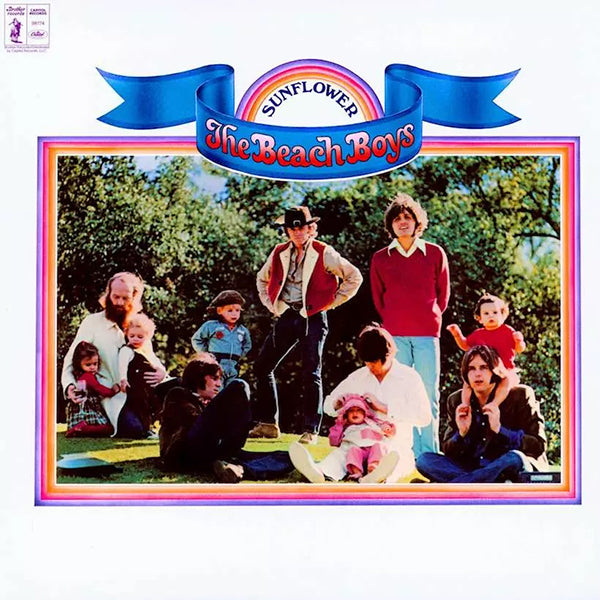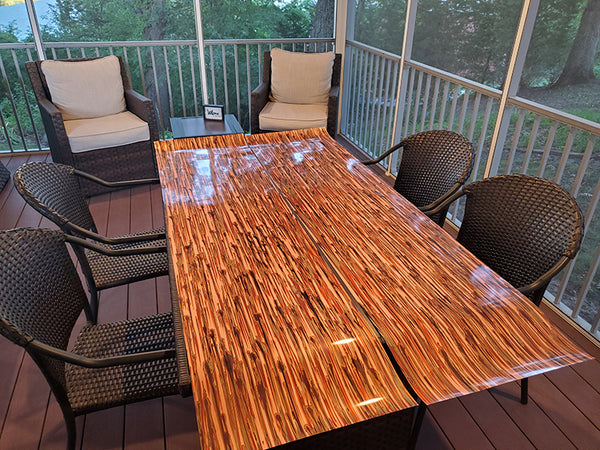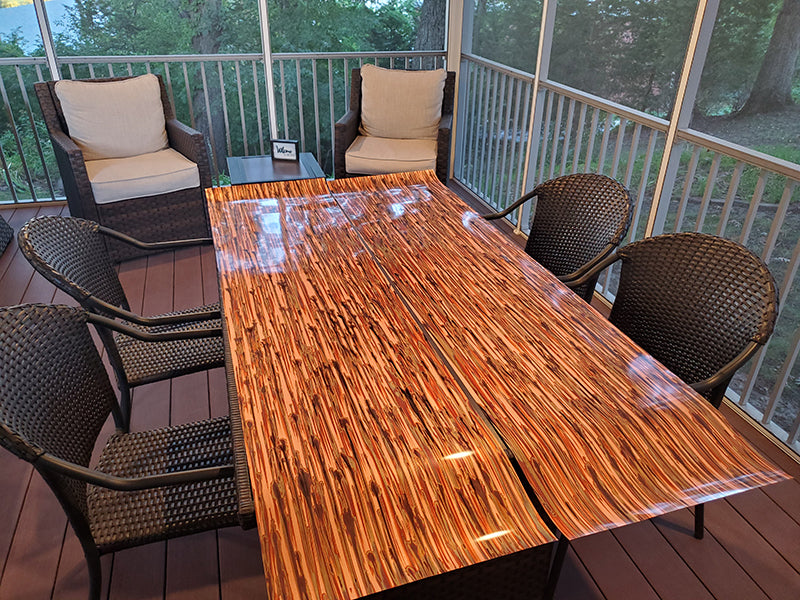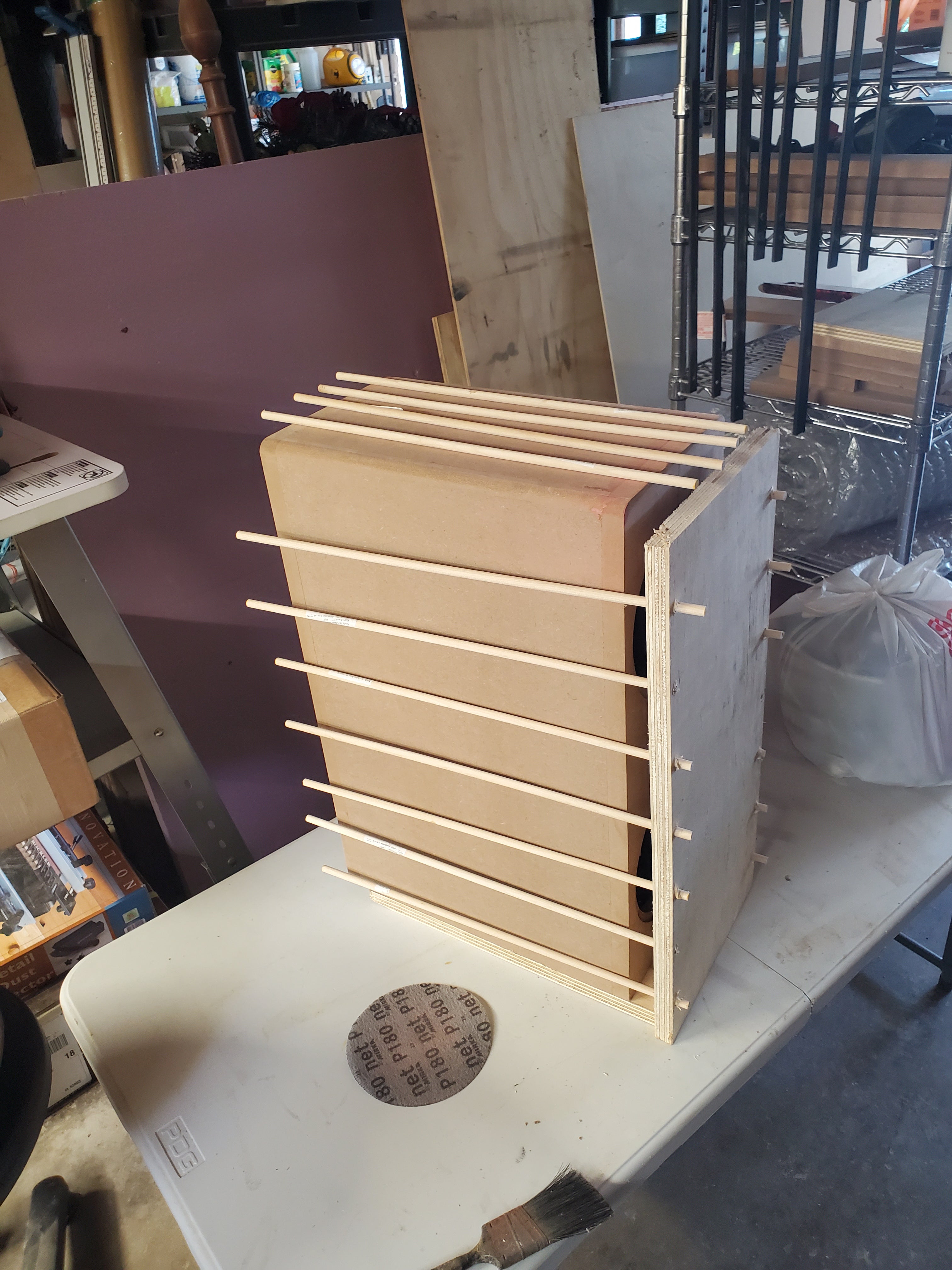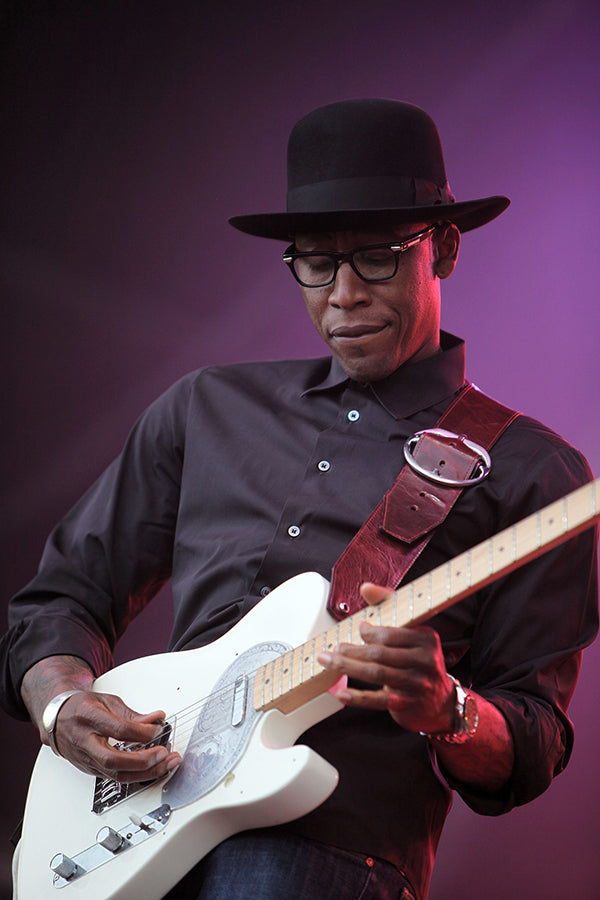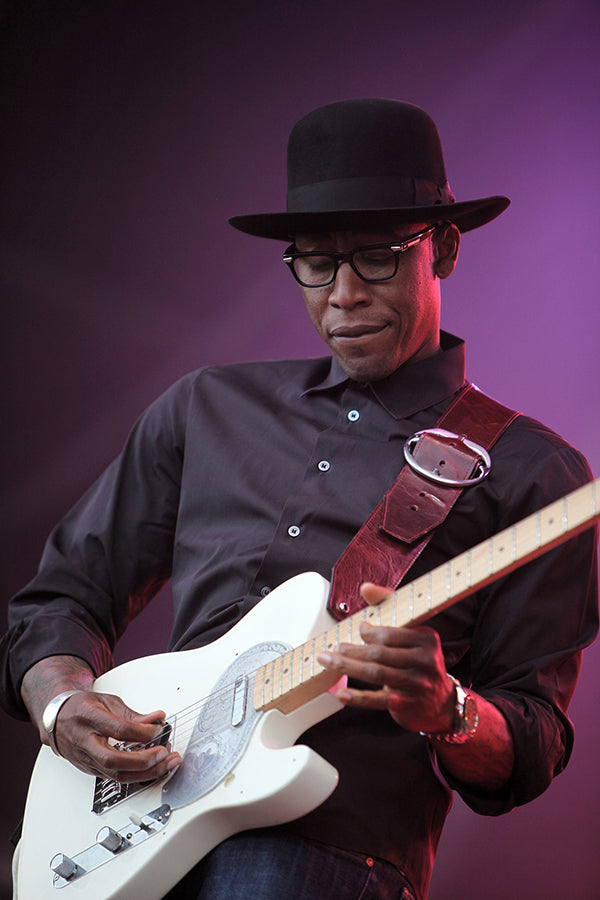At Copper we’re always interested in new audio technologies. The growing presence of ultra-small MEMS speakers (MEMS stands for micro-electromechanical systems) is bringing new design and performance possibilities to devices like headphones, audio glasses, VR and augmented reality glasses, hearing aids, and even medical applications.
USound was founded in 2014 to design MEMS speakers. USound speakers employ a number of technical innovations, including a piezoelectric motor and silicon membrane rather than the conventional voice coils and materials employed by dynamic-driver and balanced-armature speakers. USound has offices in Austria, Vienna, Shenzhen and San Francisco.
I spoke with Andrea Greco, acoustics expert working as a Field Application Engineer at USound, about the company, its technologies and its products.
Andrea Greco of USound.
Frank Doris: Can you tell us a little about USound?
Andrea Greco: USound designed the first MEMS speakers available on the market. We were founded in 2014 and started as a pure R&D company. We’ve received several awards and filed more than 300 patent applications. Our headquarters are in Graz (Austria), while our R&D office is in Vienna. We also have an office in China (Shenzhen) and an office in San Francisco. We recently received a venture capital investment for 30 million US dollars.
Our first series of speakers, Ganymede (pictured in header image), has been manufactured since 2018, followed by our second series, Conamara, in 2021. In the meantime, we founded our daughter company, FAUNA, to showcase one of our applications: audio glasses, which are prescription glasses or sunglasses that incorporate our speakers in their frame.
FD: Please tell our readers about the MEMS technology.
AG: Here is an exploded view of how our speakers are made:
MEMS speakers, exploded diagram.
MEMS stands for micro-electromechanical systems: at the core of our speakers is a MEMS motor, a layer of piezoelectric material. As mentioned earlier, piezoelectric materials react with a mechanical displacement when an electric field is applied across their electrodes. The bending movement of the piezoelectric layer is transformed into a one-dimensional piston-like motion thanks to a spring structure which incorporates multiple bending cantilevers that are connected to a central element (the H-shaped component in the MEMS die). This component connects the MEMS motor with the loudspeaker membrane (diaphragm), allowing the air to be physically displaced, thus producing the sound that we hear. This results into a very efficient system compared to a conventional electrodynamic speaker.
Underneath is a PCB (printed circuit board) which is a layer including all the electronic components to drive the MEMS motor. Finally, two protection layers complete the design: a bottom protection sheet and a top cover to protect the diaphragm from dust, handling, etc.
As you can see, the basic working principle is simple, even though the design behind it's quite complex, and there is quite a lot of tuning and engineering involved. Not by chance, as I mentioned, we have filed more than 300 patent applications for this design.
The lack of a moving coil and a magnet makes our speakers very thin and light: our speakers are up to 75 percent smaller than traditional speakers based on voice coils.
Moreover, USound’s speakers are compatible with High-Res Audio. In some markets, like Japan for example, a very wide frequency range, extending beyond the traditional 20 kHz, is often requested for high-quality audio products. According to several studies, ultrasound content increases the liveliness and realism of the musical content, by affecting its timbre and spatial perception. Our speakers have a wide bandwidth of up to 80 kHz, which perfectly fulfils the requirements for Hi-Res Audio.
Furthermore, we also offer the opportunity to manufacture speakers totally made of non-ferromagnetic materials, which makes them ideal for special applications like MRI-scan headphones or extremely sensitive products where no interference with electromagnetic fields is allowed.
A Conamara MEMS speaker.
FD: I’ve always been a fan of the resolution and transient response of ribbon tweeters and planar-magnetic and electrostatic loudspeakers. I would think, since the MEMS silicon membrane driver has a very low mass, that the resolution and clarity of your drivers would be superior in performance. Can you comment on that?
AG: As with planar-magnetic and electrostatic, the MEMS speakers also have a very low mass. However, on top of that, the new technology offers even better precision because of the direct control over the movement by the MEMS actuators. They mechanically define the position of the membrane at every point in time allowing for optimal reproduction of the audio signal.
FD: What about the power consumption of MEMS drivers?
AG: Power consumption is a crucial feature, having a direct impact on the final product battery life. Our speakers, when combined with our new Tarvos amplifier, can reach extremely low current consumption (0.9 mA at typical audio output levels). With our audio modules it is possible to reach up to 50 percent less current consumption than traditional electrodynamic loudspeakers.
FD: Headphone manufacturers brag about having an IPX5 (water-resistant) rating, but your products are rated up to IPX8. That’s very impressive.
AG: Yes. Water resistance is a feature which is often overlooked or underestimated when talking about speakers. USound’s MEMS speakers can achieve up to IPX8 water resistance rating, which means that you can submerge them in water up to 3 meters for half an hour without impacting their performance. This means that the final product can be used either under the rain or in the shower or while doing sports (for sweat resistance).
FD: Are there any other particular characteristics of your speakers you would like to talk about?
AG: Well, something else which is not commonly talked about is a speaker’s reflow soldering compatibility. This means that when surface mount components such as USound’s MEMS speakers are attached to printed circuit boards (PCBs), low soldering temperatures (< 200 degC) can be used. The combination of USound reflow soldering capabilities and the small speakers’ form factor makes it possible to use a fully automated pick-and-place assembly process to achieve the highest product quality at a 50 percent lower production cost compared to a traditional process. That's a big thing when you go into mass production.
A second advantage of MEMS speakers is their low mechanical vibrations. Due to the absence of a heavy voice coil, USound MEMS loudspeakers are much lighter than traditional loudspeakers and therefore produce significantly fewer mechanical vibrations. But why are [such vibrations] so dangerous? Well, mechanical vibrations can cause structure-borne excitation to the microphones in the near vicinity to the speakers, causing a feedback loop. This is important, for example, for hearing aids but also for modern true wireless earphones featuring a transparency/ambient mode, where the recording of the microphone is being played through the loudspeaker on the same device. The same applies to heat and electromagnetic fields emission, which are extremely low in the case of MEMS speakers.
Finally, another aspect which is also often overlooked is the product part-to-part variability: the data displayed on a technical datasheet (e.g., speaker frequency response) represents an average performance with respect to a range of possible values. The final product might have an actual response which differs from the displayed value by a certain amount, specified by the manufacturer (or at least it should be). This parameter, referred to as part-to-part variability, can get quite high depending on the technology and the manufacturing process of the specific product. In the case of conventional speakers, it can go to ±3 to ±5 dB with respect to the curve displayed on the data sheet (it also varies with frequency). In the case of USound’s MEMS speakers, this variability falls below 1 dB across almost the whole audible range. This translates into an extremely high final product reliability.
FD: That is incredible. I mean, dealing with a 3 to 5 dB variation in drivers…that's a much wider variation than most people would realize is out there, I think.
AG: Yes. We have recently got feedback from a big company who tested our samples. They came back to us stating, “We have just finished testing your speakers in our lab and they perform exactly as on your data sheet.” We are proud of that.
FD: I would be. I think I need to emphasize to our readers just how small these speakers are.
AG: Thanks to the MEMS construction process, our speakers can achieve extremely thin packages. In particular, our Ganymede speakers, with a rectangular form factor, measure 6.5 x 4.7 x 1.6 mm; our Conamara speakers, with a round form factor, come into 5mm and 6mm diameter sizes and are less than 1.5mm thick.
Ganymede are better suited to free-field applications, where the speaker is not directly placed inside your ear. They are mostly recommended for wearables such as audio glasses or augmented and virtual reality glasses.
Conamara, due to their round shape and small size, are mainly suited for in-ear use: true wireless speakers and hearing aids represent the key applications. The 6 mm model comes either as a full-range speaker or as a tweeter. The 5 mm model is, instead, a better fit for two-way systems as a dedicated speaker for high frequencies (tweeter), where a very clear and distinguished sound and a specific control over low, medium and high frequencies is desired.
We are also proud of the frequency response of our speakers, which is extremely flat and without unwanted peaks and resonances across the whole frequency range. Below is an example of measured frequency response for our Ganymede speaker.
Ganymede MEMS speaker, frequency response.
FD: That's kind of unbelievable. I've never seen a graph like that.
You mentioned that you’d recently developed a new miniature amplifier.
AG: Yes Frank, that is correct. First of all, I need to explain why do we need a dedicated amplifier. Compared to traditional electrodynamic speakers, MEMS speakers are based on the piezoelectric effect: piezoelectricity is the process of using crystals to convert electrical energy into mechanical energy, or vice versa. This phenomenon represents one of the main challenges for MEMS speakers, which require a higher driving voltage (up to 30 Vpp) than traditional electrodynamic speakers, but lower current flow. Therefore, traditional audio amplifiers are not suitable to directly drive MEMS speakers.
Until now we have been using a third-party amplifier, which was suitable to drive USound’s MEMS speakers, but not optimal in terms of power consumption and total harmonic distortion (THD). For this reason, USound has recently released the design of Tarvos 1.0, an audio amplifier specifically designed to drive USound MEMS speakers and to maximize power efficiency, therefore boosting battery life and playing time.
Tarvos is an analog amplifier, which means that it requires an analog input (you cannot drive it directly with a digital audio signal). Because it's an analog amplifier, it has basically no latency: input and output are synchronous without any time lag between them. This makes it ideal for applications like hearing aids, where you want an immediate response.
Its size is incredibly small, 2mm by 2mm, which makes it perfect to be integrated with our speakers. Its bandwidth is also very wide, up to 40 kHz, meaning that it can fulfill Hi-Res Audio requirements. Last but not least, a high-quality audio amplifier should have a very low total harmonic distortion: Tarvos features less than 0.2% THD at maximum output voltage across the whole frequency range. This means that, providing a distortion of one order of magnitude lower than that of the speaker, Tarvos will have no impact on the final audio performance in terms of distortion.
FD: How can Tarvos be used in combination with your speakers?
AG: In order to take full advantage of Tarvos’ features, we have designed an integrated audio module, called Kore 4.0. This USound-patented technology consists of our Conamara speaker, with a PCB with a Tarvos amplifier and all the related electronic components mounted on its back. This module represents the most compact audio solution for true wireless headphones and AR/VR glasses, achieving up to 75 percent volume and 50 percent weight reduction compared to traditional coil speakers. It’s plug-and-play ready and does not need additional mechanical or electronic integration: you just need to provide power and audio input.
Kore audio module inside an earbud.
In the image above you can see how the Kore audio module might fit in a typical earbud casing. Thanks to its small size and extremely low thickness, you can use the remaining volume either to accommodate a bigger battery or other components (e.g., sensors), or to make the product smaller.
FD: Which applications are recommended for use with your speakers?
AG: In terms of strategic applications, MEMS speakers are mainly suitable for true wireless stereo (TWS) headphones, augmented reality and virtual reality glasses, or audio glasses. They’re also suitable for hearing aids and over-the-counter (OTC) hearing aids.
USound has a daughter company, named FAUNA, with the specific purpose of showcasing the performance of our speakers in free field (e.g., applications where the speaker is located outside your ear). FAUNA audio glasses feature USound speakers integrated in their frame, two microphones, and high-quality blue light lenses or sun lenses by Zeiss. They are perfect for conference calls, online meetings, music streaming while walking or jogging, and so on.
A special feature of these glasses is our patented dipole configuration, which allows the user to benefit from increased audio privacy: if you are having a phone call or an online meeting, whoever is standing by your side will not be able to hear the audio content reproduced through the FAUNA glasses.
Our speakers are also being used in unusual applications, where conventional speakers cannot be used, due to their size, weight or layout.
USound developed special speaker strips, called Dione, made of several Ganymede speakers linked together and featuring a flexible PCB. Due to their unique construction and design, these strips can be installed on curved surfaces or integrated in unconventional layouts.
A Dione flexible speaker strip.
A second unusual application of our speakers is 3D audio:
- Our Proteus 2.0 is a hi-fi demonstrator for a powerful and futuristic speaker array based on USound speakers. It allows for 360-degree audio thanks to 40 (or 80) Ganymede MEMS speakers placed along three arrays, plus a traditional electrodynamic woofer.
- Taygete 4.0 is a headphone demonstrator which enables authentic 3D sound thanks to 16 MEMS speakers and an electrodynamic woofer in each cup. It includes a unique patented algorithm which allows real-time 3D sound. It allows several interesting applications such as stereo enhancement, sound source positioning, and surround mapping (e.g., 5.1 and 7.1 audio).
Another very special application is for medical equipment. We are currently working with well-known companies which design and manufacture products for precision medicine, such as for MRI machines. Thanks to the unique feature of our speakers to be 100 percent ferromagnetic-free, they are the only type of speakers currently available on the market able to be integrated into MRI-compatible headphones.
Above: examples of headphones for use in MRI machines.
FD: Those kinds of headphones would be beneficial. I've been in an MRI machine and it can be stressful, and the ability to be able to listen to music during the procedure would be very comforting. Also, instead of having the automated voice almost yelling at you to hold your breath and stay still, it would be much more pleasant to hear somebody speaking through headphones, not a loud robot voice yelling in your face.
AG: And this also represents an ideal solution for people who are claustrophobic and might have panic attacks while staying for prolonged times inside an enclosed space. Thanks to this type of application, doctors can comfort the patient by talking or giving instructions through your headphones. This could be a game changer for many people requiring an MRI scan.
By the way, since we are talking about medical applications, I would also like to mention our latest product, called Anthe. It’s a true wireless system with hearing aid capabilities, featuring a USound Conamara speaker and Tarvos amplifier. Anthe is a 2-in-1 audio module which can be used as a normal TWS to stream music and make phone calls but also to enhance a speaker(s) voice during a conversation for people with low to mild hearing loss. Thanks to a dual integrated microphone and a proprietary algorithm, it also allows environmental noise cancellation (ENC).
FD: A lot of Copper readers are older and hearing aids and hearing impairment have become tremendous concerns. A product like the one you’re describing would be of great interest. How has the reaction to MEMS been in the marketplace?
AG: We have several customers interested in this product, either as a ready-to-use design or as a reference to develop their own TWS. I think this market will strongly increase in the next years, and product like this one will become quite useful and requested by more and more users.
In general MEMS speakers represent a booming market, which is quickly expanding, and it is estimated [that it will] cover up to 50 percent of the TWS market already by 2025. This rapid growth can be explained by the continuously increasing demand for smaller, lighter, and more efficient loudspeakers, without compromising sound quality. The applications are not limited to TWS or OTC hearing aids.
Some customers [have] asked for our expertise to design high-quality earbuds for audio enthusiasts or audiophiles or in-ear live monitors for stage musicians. We also have projects where our speakers are used for ultrasound applications. The variety of applications where our products can be used is really high, and creativity plays also a big role when finding solutions and designs involving MEMS speakers.
FD: Can you scale up the number of drivers to make a home audio speaker?
AG: Sure, but some considerations should be made in this case. Due to their low size, MEMS speakers are not able to radiate sound in the very low audio range when used in free-field conditions. Also, due to their tiny surface, the amount of SPL they can produce is limited. This means that several speakers might be needed to achieve the desired loudness and that they should be paired with a dedicated woofer to reproduce low frequencies. Furthermore, using several MEMS speakers also means using additional amplifiers.
The Proteus 2.0 loudspeaker system.
FD: When we talked in a previous conversation you said that your manufacturing yield (the percentage of good versus defective parts that come off a production line) is very good. With conventional drivers, the yield can be a lot less, which makes the MEMS drivers more cost-effective. I think a lot of readers wouldn’t even know that’s an issue in speaker manufacturing.
AG: This is correct, Frank. Our speakers’ production can quickly be ramped up to satisfy customer demands and we can reach very high yield (> 96 percent). As previously mentioned, they can achieve an extremely high repeatability (low part-to-part variations), below 1 dB in over the full bandwidth. This type of spread is unique; you will not find it anywhere else.
Furthermore, the final unit testing process has also been extensively improved. Conventional speakers are tested by sampling a certain percentage of units off the production line. This means that only a subset of the whole lot of speakers is tested and evaluated, and then is used as a representative sample of the final product. This process can of course lead to overlooking faulty components or not detecting poorly-performing batches. On the contrary, based on MEMS technology, USound speakers offer all the benefits of semiconductor-style batch manufacturing. In particular, I am referring to a proper full-scale testing coverage during production: this means that 100 percent of our speakers undergo a functionality test (acoustical and electrical) at the end of the production line and that 100 percent of production lots are traceable. Basically, what you get is exactly what you read on the data sheet and, if some speakers have a not-expected performance, we can easily trace back to the corresponding manufacturing batch and identify the problem.
FD: Is this related to the machinery you use?
AG: Not really related to the machinery, but to the process. Thanks to the semiconductor-style batch manufacturing, USound MEMS speakers provide an easier integration into the manufacturing process compared to traditional loudspeakers, as they can be directly mounted to a PCB or flex-PCB via reflow soldering or conductive glue. This allows the manufacturer to use fully automated assembly lines with pick-and-place machines so that the final product can be assembled with integrated electronics on a single production line. Since the amount of manual labor needed is reduced, the final manufacturing cost is reduced.
All images courtesy of USound.



